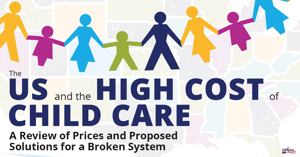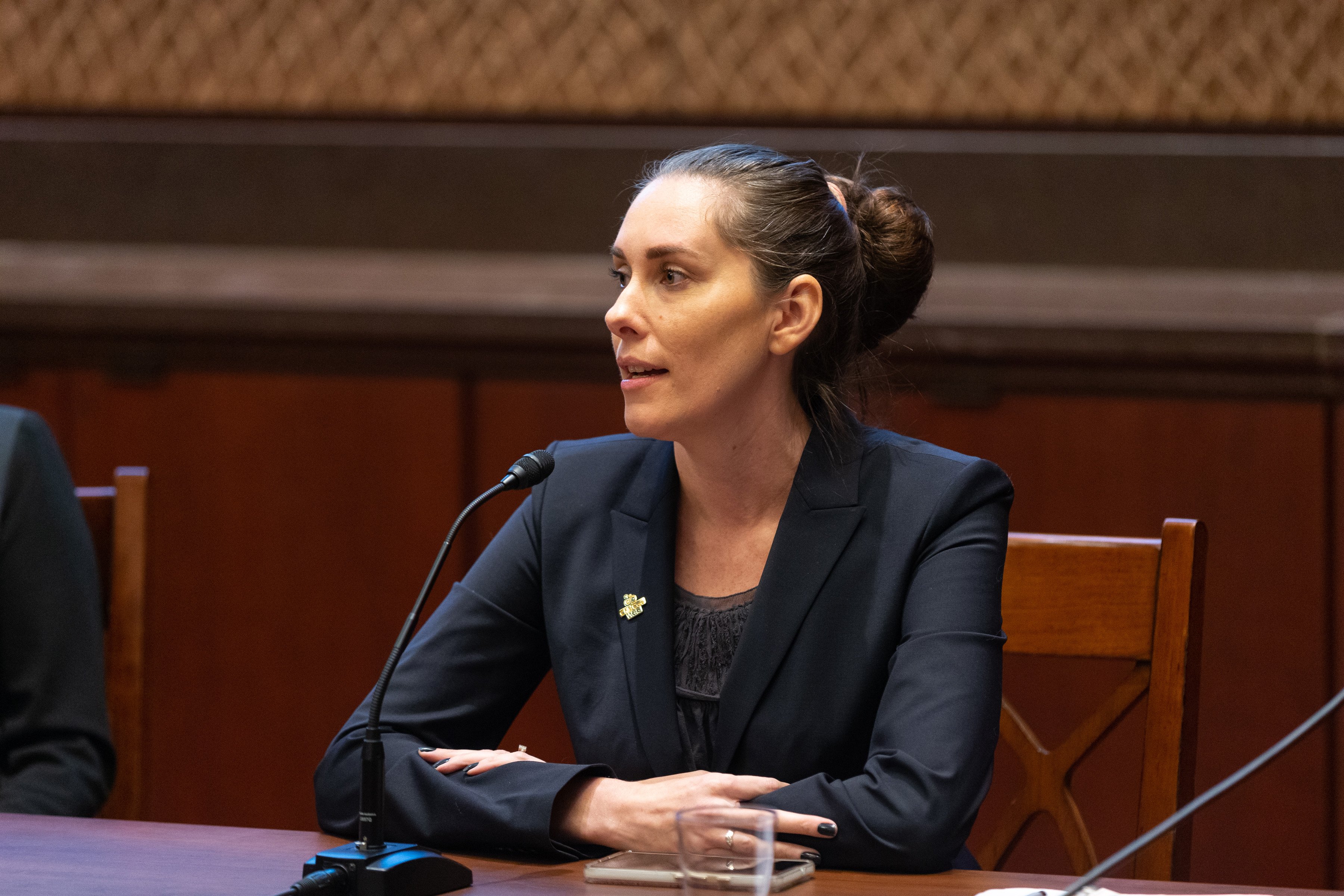
Imagine a world where all children start their lives with high-quality education, where all parents can go to work knowing their child is safe, where the folks doing the important work of teaching our youngest all have access to benefits and fair wages. This is far from our reality today, but this is our vision.
It will take all of US to solve the problem
One of the highlights of The US and the High Cost of Child Care report this year is the regional examinations that take a critical look at the issue of equity in child care. This is new in the 2018 report, and really highlights an issue that millions of families deal with every single day in the United States; equitable access and affordability of child care.
A core principle at CCAoA and of our Child Care Works movement is that all families should have access to affordable, high-quality child care. Access to quality child care and early learning environments for infants and toddlers is crucial, and affordability is the key for many families currently struggling to find care. Child care could be one of the great equalizers in our society if it was universally accessible and done to high standards.
The benefits of affordable child care are not just for the parents who will be able to stay in the workforce, or for the benefit of local and national economy. Research shows that children in high-quality early learning environments have better educational, developmental, and health outcomes than their peers who haven’t had similar access. Quality child care is a critical component in helping our most vulnerable children get a good start in life.
Child care deserves investment from all of US. If you haven't already seen it, watch our video, "Why Do Parents Spend So Much on Child Care, Yet Early Childhood Educators Earn So Little?" This video is the result of a months-long collaboration between CCAoA and the Center for the Study of Child Care Employment to provide an answer to this question. Our organizations combined decades of experience in researching and promoting quality child care practices to dive deeper into the issue by using an animated video that explains the issue with simple language and relatable characters.
Exploring regional comparisons: Two communities in contrast
Take a look at the highlight of Baltimore City vs. Baltimore County – two bordering localities that differ in terms of demographics and income in Maryland.
| Baltimore City | Baltimore County | |
| Family Median Income | $89,764 | $109,010 |
| Average Infant Center-Based Child Care Cost | $14,381 | $12,979 |
| Percentage of Median Income spent on center-based infant care | 14.5% | 13.2% |
Baltimore County boasts a population mainly comprised of people who commute into the city for work, with no zip codes hosting a majority of people below 185 percent of the federal poverty line. Baltimore City, however, has many areas where the majority of the zip codes live below 185 percent of the federal poverty level. Child Care Aware® of America, in partnership with the Maryland Family Network, used GIS mapping to dig deeper into disparities in child care affordability in both localities. Though child care was found to be “unaffordable” in both locales, many of the residents paying a larger share of their incomes were not only already making less money in Baltimore city, but they were also more likely to be people of color.
Disparate outcomes
Baltimore City residents also have larger disparities in health outcomes than their suburban neighbors including higher obesity rates, greater hunger and lower access to healthy foods, and fewer safe outside spaces due to violent crime. Quality child care programs are critically important in communities like Baltimore city in helping to combat these disparities. While quality child care is one of many ways to combat inequitable outcomes, it can offer children safe spaces to play and grow, access to federally funded food programs when needed, and opportunities to learn healthy habits and activities that carry into adulthood.
What can you do?
You can take action to help make child care and early learning opportunities more affordable and accessible to all families. Equitable access to early learning for children benefits us all!
- Educate yourself on the issues – read the full The US and the High Cost of Child Care report and share compelling data with your friends, family, and other networks to encourage them to get involved, too.
- Join organizations working to improve access to child care – Just get involved! Joining the Child Care Works movement means you’ll receive our digital action alerts, which include ways to easily email your members of Congress on issues affecting early care and learning.
- Contact your lawmakers – ask your local, state, and federal elected officials to pledge to support child care and early learning. It’s a non-partisan ask that any politician should be able to get behind!
- Spread the word – we’ve tried to make it easy for you by creating a social press kit where you can Tweet, Facebook, or Instagram about the new report to your own networks with the press of a button. Check it out and share this info with your friends!
Thanks for all you do to support children and families. Without your help we wouldn’t have any of the recent gains we’ve made in Congress over the last few years.






